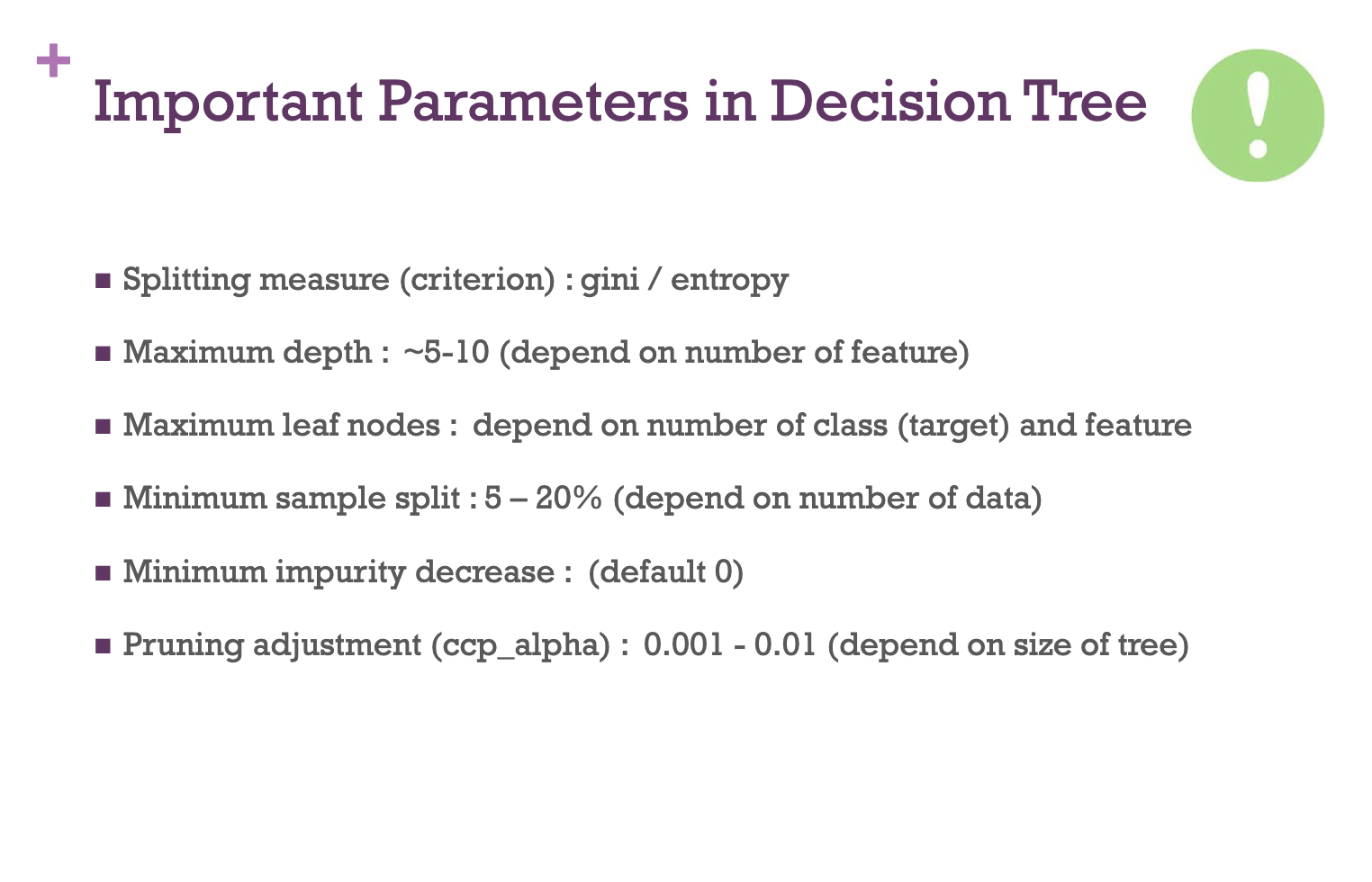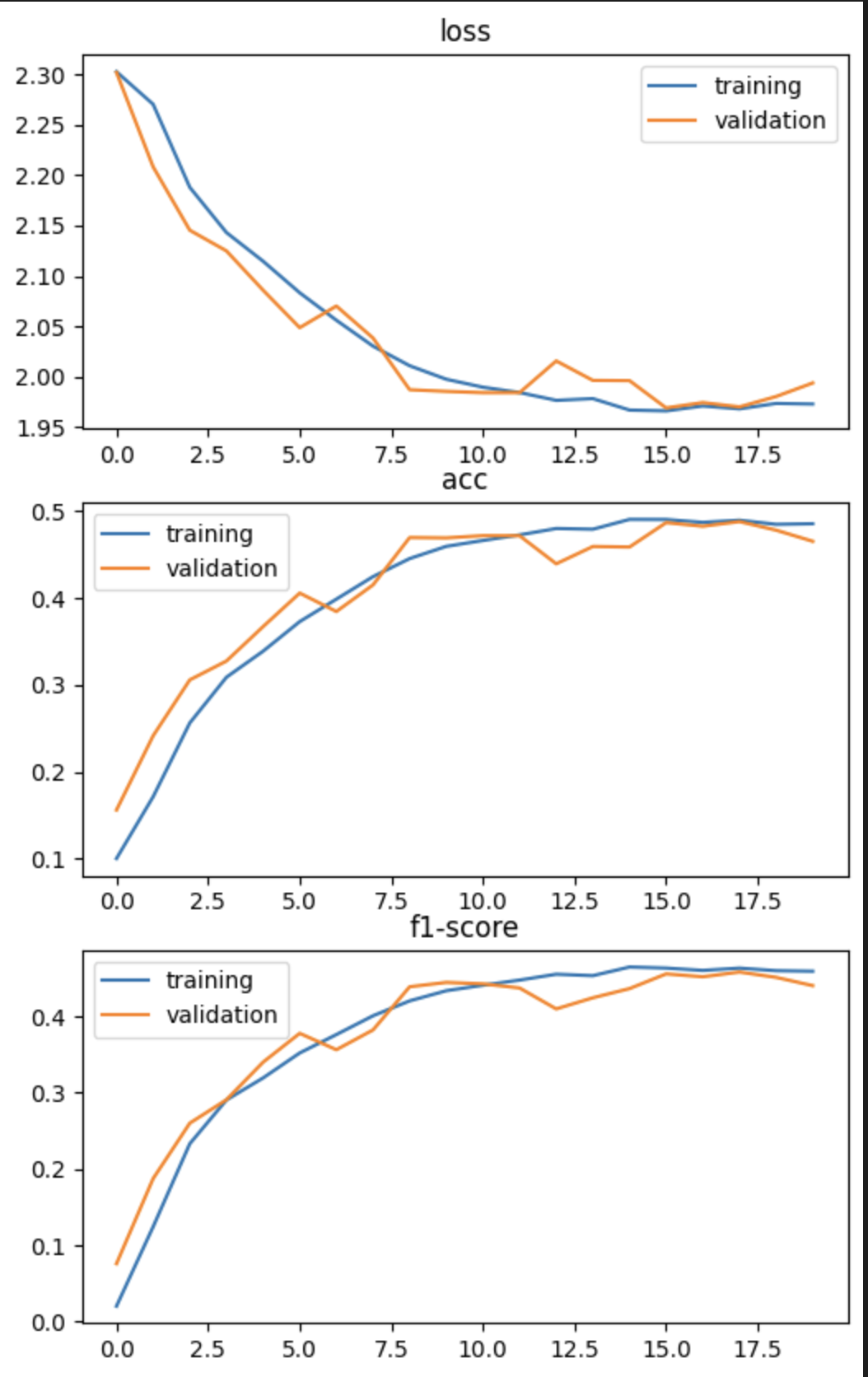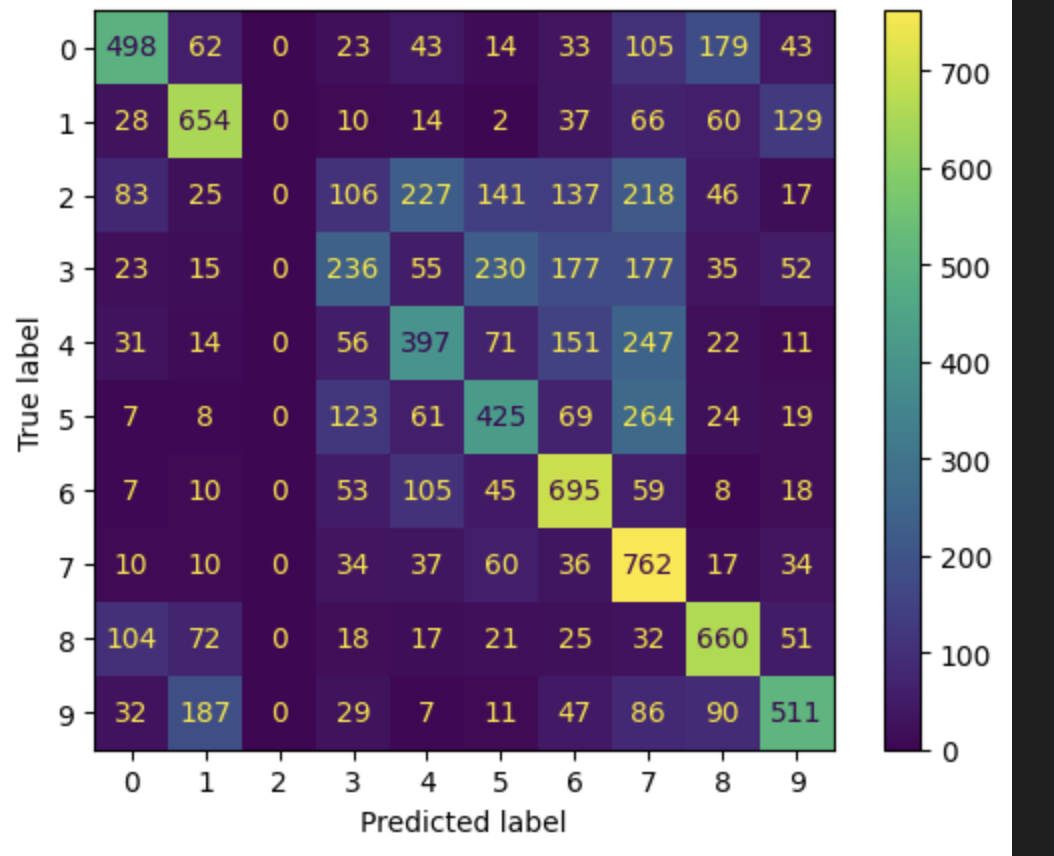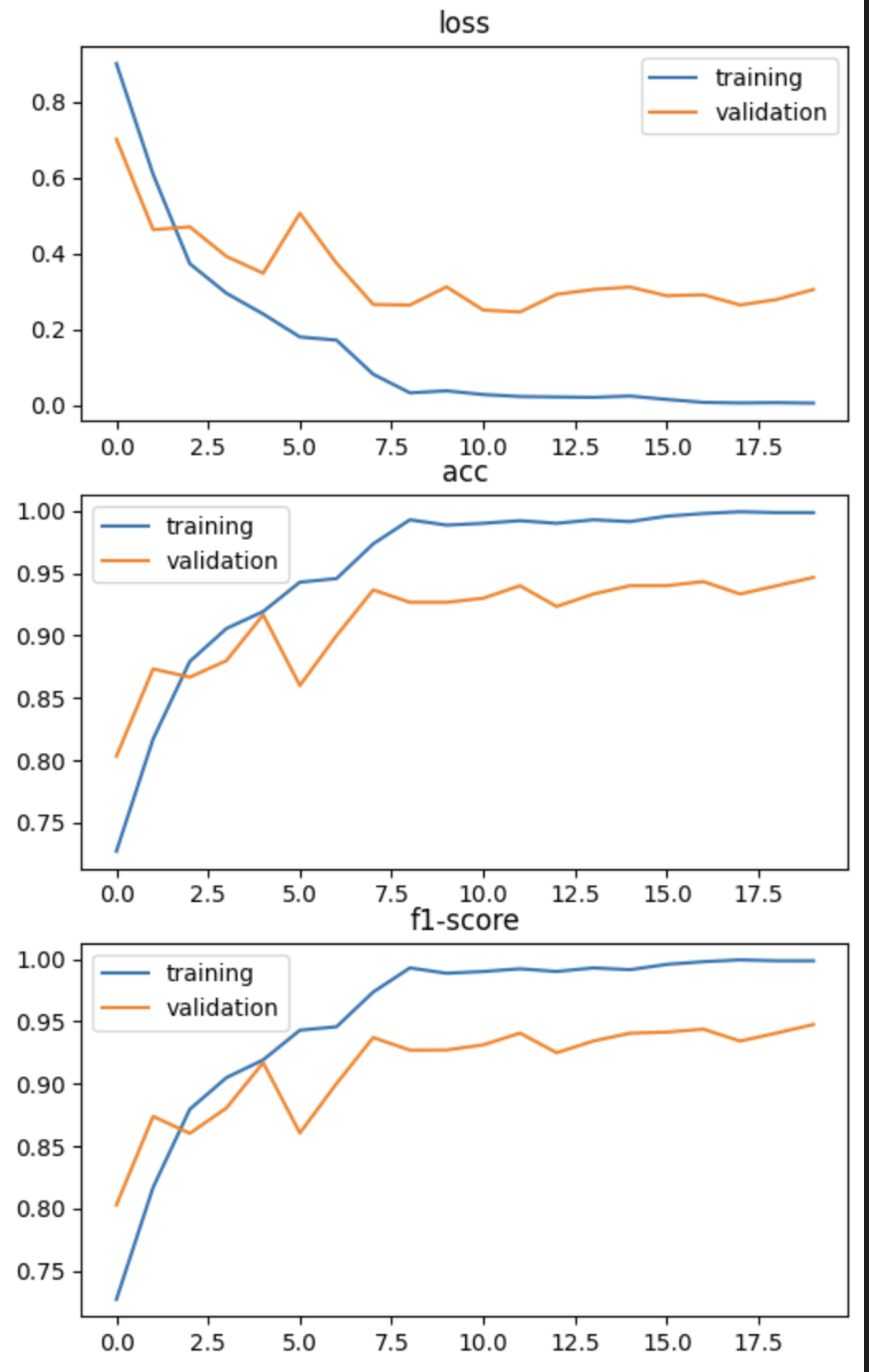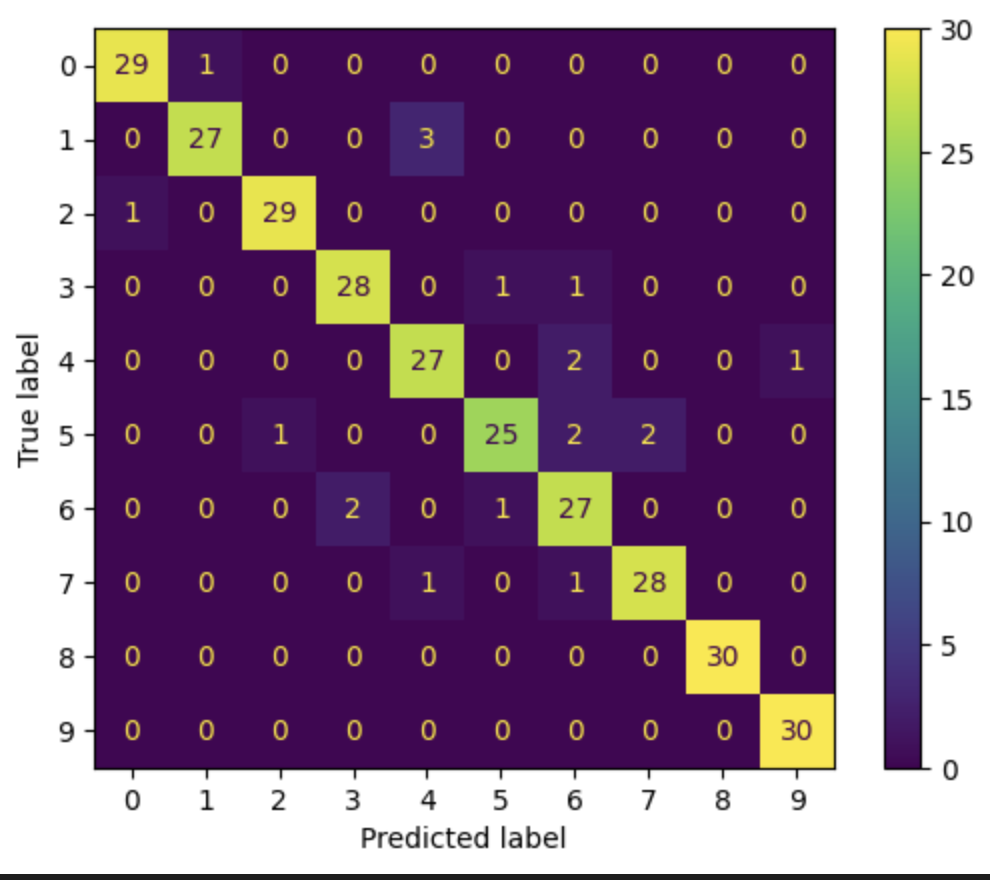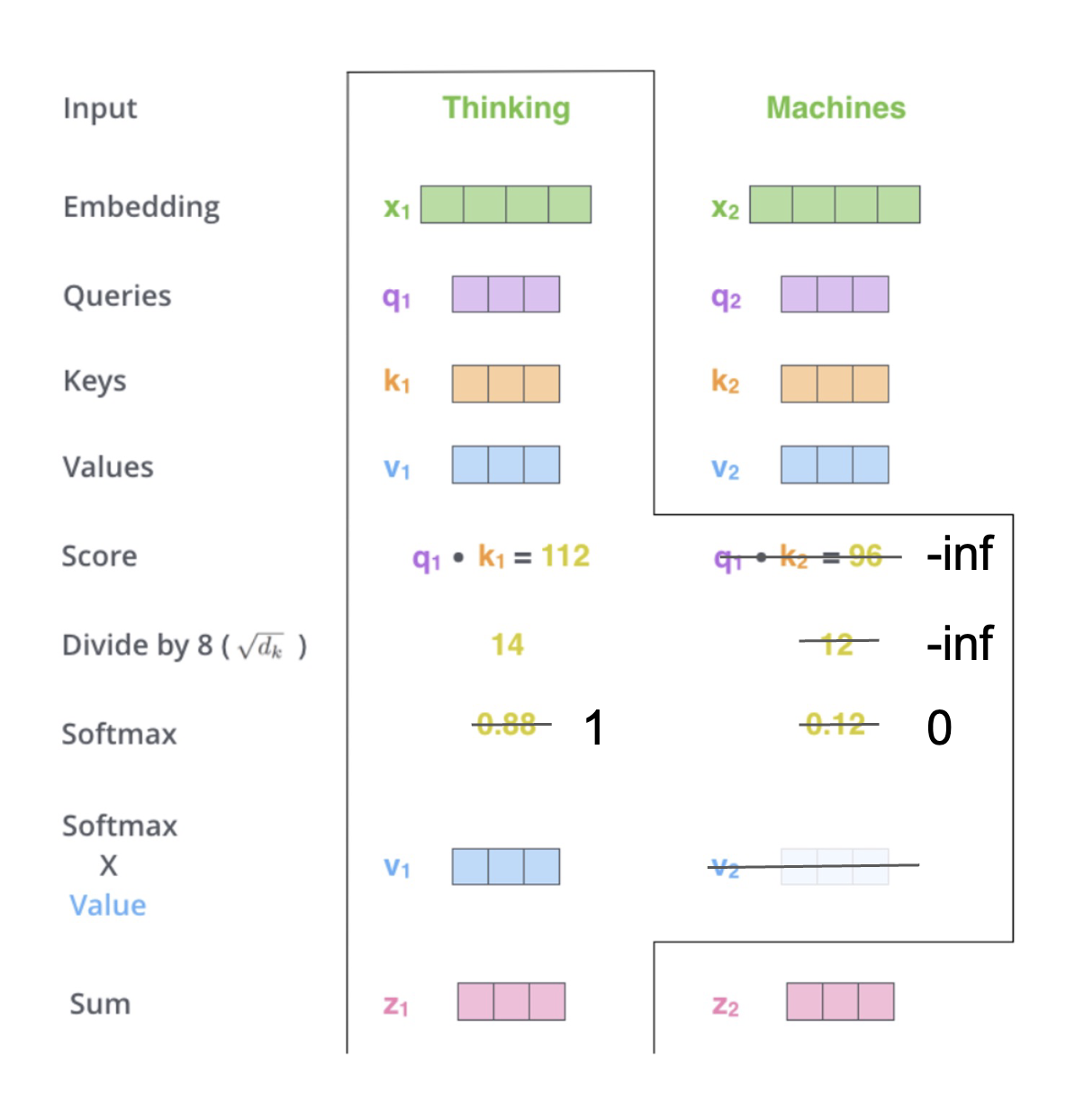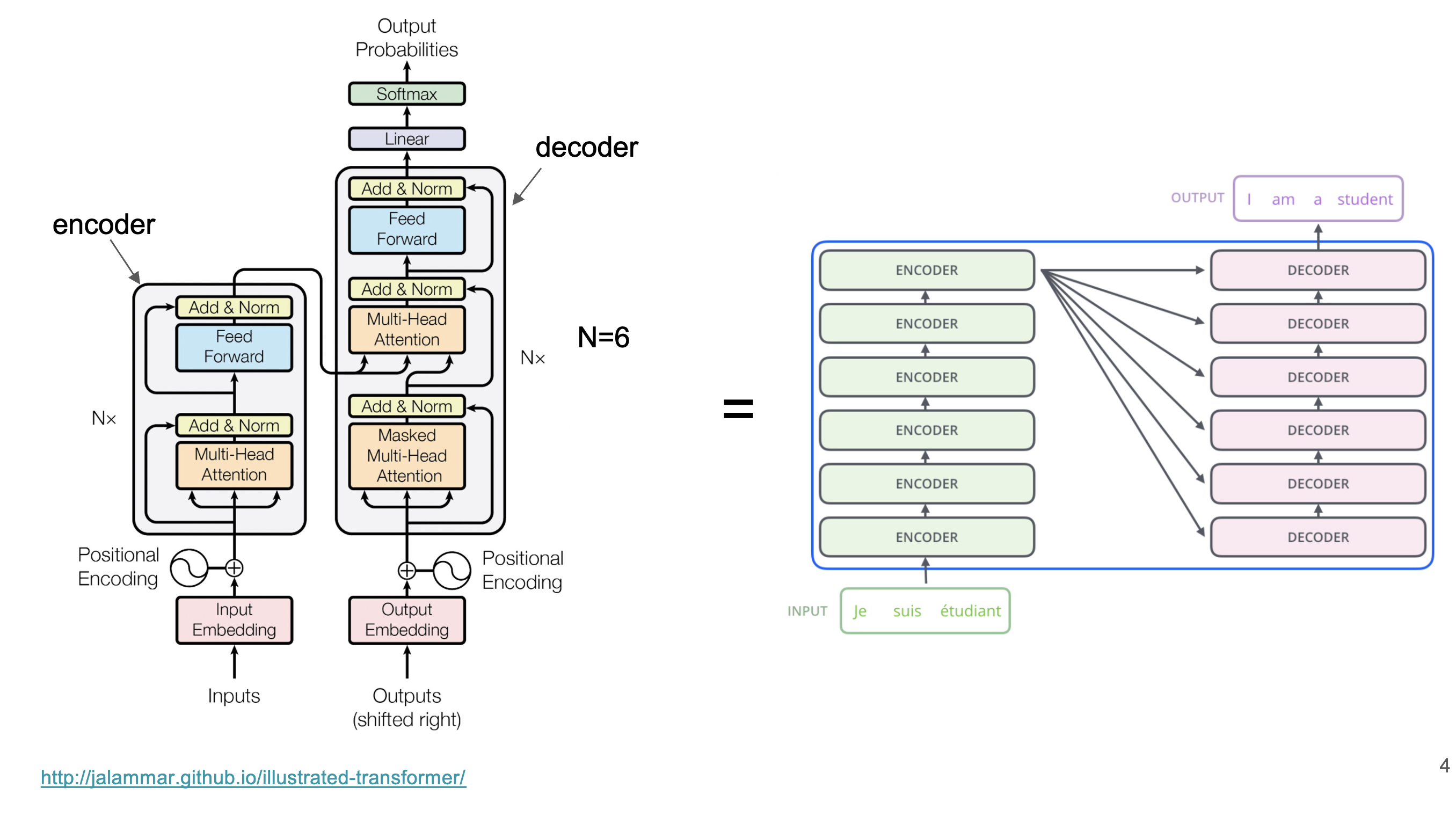code in DS and DE class
- 2110446-DS-and-DE
- Acknowledgement
- 1st week
- 2nd week
- Week 3
- Week 4
- Week 5
- Reference
- the folder
example_codeandexample_slideis from the class github(referred in Reference) - all assignment is from the class github(referred in Reference)
# pandas command
## from 3rd python notebook
map(...)
apply(...)
cut(...)
unique(...)
filter(...)
### key datetme transformation
## from 4th python notebook
file.json(...)
df.merge(...)link here
interest command
import pandas as pd
df = pd.read_csv(...)
# drop row/column
df.dropna(tresh=x) # drop which value not fit treashold
df.drop(columns=[...])
'''
axis 0=row, 1=column
'''
# count by values
df[...].value_counts()
# count Null/None value
df.isnull().sum()
# mapping dict
md = {
col_name1 : {
from1 : to1,
from2 : to2,
...
}
col_name2 : {...}
}
df.replace(md, inplace=True)
# One-hot encoding
dummied_df = pd.get_dummies(df[col_name], drop_first=...)
# or use scikit-learn (better)
from sklearn.preprocessing import OneHotEncoder
oh_enc = OneHotEncoder(drop='first')
oh_enc.fit(X)
# can use with both train and test but use parameter that fitted
# impute missing
from sklearn.impute import SimpleImputer
num_imp = SimpleImputer(missing_value=..., strategy='mean')
num_imp.fit(X)
# can use with both train and test but use parameter that fitted
# train/test split
# note that y must be category so if y is numeric -> add grouping column
from sklearn.model_selection import train_test_split
X_train, X_test, y_train, y_test = train_test_split(X,
y,
stratify=y,
test_size=...,
random_state=42)
# remove outlier
from scipy import stats
# 1. mean +- 3sd (z>3 or z<-3)
z = np.abs(stats.zscore(df))has
-
Rule-based AI
- Knowledge representation
- create Answer from data and rule
-
Machine learning
- create Rule from data and answer
scikit-learnfor traditional
learn from existed answer
the methodology
-
Training phase
- give data to model
-
Testing phase (inference)
- evaluate perfomance
- use model in real problem
- Classification problem
- target is categorical problem
- use classifier model
- Regression problem
- target is predict numeric
- use regressor model
learn from only data (no answer)
- Entropy
- Information Gain
$\text{Information Gain} = Entropy_{Before} - Entropy_{After}$
- Gini impurity
-
$Gini = 1-\sum_{i}^{n}(P_i)^2$ -
$P_i$ : prob. of class i in data-set
-
$\text{Gini reduction} = Gini_{Before} - Gini_{After}$
-
from sklearn.tree import plot_tree
plot_tree(model)- balance between performance and complexity
- make decision based on node criteria
- each leaf node represents area and % of confidense is from ratio between class
essentials
- split search - compare impurity between before and after split and select best purity from the split
- after get splitted area -> recursive on each area.
hyperparameters
max_depth: maximum depth of the model- the more
max_dept, the more overfitting
- the more
min_leaf_size: minimum datapoints in each leaf(area)- the less
min_leaf_size, the more overfitting
- the less
Adventage
- the model is decribable
- able to tell feature importance
- summation of
$\nabla\text{goodness}$ - use for variable selection
model.feature_importances_
- summation of
Be caution
- Instability
- very sentitive to datapoints. model change with a little noise
Pruning
- $ R_\alpha (T) = R(T) + \alpha|T|$
- use
$\alpha$ to regularization the three - the more
$\alpha$ , the smaller tree -
$\alpha$ isccp_alphasinsklearn.treebut default is 0
random with replacement
- random subset
- each subset can be overlapping
- use subset to train model ( get more model )
- use each model to help predict together
onvert waek learner to stronger one
- in each step, we boost freq. the wrong case of the previous tree.
- do any step until we accept the perfomance
e.g. AdaBoosting, XGBoost, etc.
random without replacement
- random subset
- all subset must not overlapped both data and features
- do like normal tree
hyperparameters
max_samplemax_featurean_estimators
- #Tree
- #Columns (features)
- #Rows (example)
from sklearn.feature_selection import SelectFromModel
model = ...
selector = SelectFromModel(model)
selector = select.fit(X, y)
selector.get_support()assumption
- linear relationship between feature and target
- error are independent from each other
- target distribution is normal (no outlier)
- error are normally distributed
- error have constant variance
Regularization
- Idea :
$\text{Loss} = \text{Error} + \lambda\text{Complexity}$ - L1 : Lasso
- absolutely
- $ \text{Loss} = \sum_{i=1}^{n}(y_i - \hat{y_i})^2 + \lambda\sum_{j=1}^{p}|\beta_j|$
- L2 : Ridge
- square
- $ \text{Loss} = \sum_{i=1}^{n}(y_i - \hat{y_i})^2 + \lambda\sum_{j=1}^{p}\beta_j^2$
Sklean example
from sklearn.linear_model import Lasso, Ridge, ElasticNet
model = Lasso(alpha=...)
model = Ridge(alpha=...)
model = ElasticNet(alpha=..., l1_ratio=...) # l1_ratio = 0 -> Ridge, l1_ratio = 1 -> LassoBasic solution
- if not linear -> use Neural Network
- if not normal -> take log to make it more normal
k: number of nearest neighbors -> to make vote/average/miximum prob, etc.distance_fn: to measure distance
- must be numeric value
- must normalize data on each axis
from sklearn.model_selection import GridSearchCV
from sklearn.model_selection import StratifiedKFold
grid_search = GridSearchCV(estimator=...,
param_grid=...,
scoring=...,
cv=StratifiedKFold(n_splits=5))
grid_Ssarch.fit(...)
model = grid_search.best_estimator_
model.predict(...)- as same as
GridSearchCVbut randomize approach n_iter: to tell the most iteration to random select.
import pickle
# to save model
pickle.dump(model, open('model.pkl', 'wb'))
# to load model
loaded_model = pickle.load(open('model.pkl', 'rb'))
loaded_model.predict(...)from sklearn.impute import SimpleImputer
from sklearn.preprocessing import OneHotEncoder, MinMaxScaler
from sklearn.compose import ColumnTransformer, make_column_selector
from sklearn.pipeline import Pipeline
num_pl = Pipeline(steps=[('impute', SimpleImputer(strategy='mean')),
('scale', StandardScaler())])
cat_pl = Pipeline(steps=[('imput', SimpleImputer(strategy='most_frequent')),
('scale', OneHotEncoder())])
from sklearn.compose import ColumnTransformer
col_transf = ColumnTransformer(transformers=[('num_pl', num_pl, num_cols),
('cat_pl', cat_pl, cat_cols),
n_jobs=-1], remainder='drop')
model_pl = Pipeline(steps=[('col_trans', col_trains),
'model', model])
# display pipeline
display(model_pl)
# to get parameters name
model_pl.get_params()hidden_units,hidden_layers,lr,decay, etc.
from sklearn.neural_network import MLPClassifier, MLPRegressor
# solver is equal to Optimizer
'''
for example 2 layer that has 100, 200 nodes
si hidden_layer_sizes = (100, 200)
'''
model = MLPClassifier(hidden_layer_sizes=...,
actication='relu',
solver=...)- Stochastic Gradient Descent (SGD)
- update weight for every single iteration(each data point)
- note not tolerate to outlier
- Batch Gradient Descent
- train all the data and average gradients to calculate back prop.
- Mini-batch Gradient Descent
- group data into smaller batch and average bra bra bra
- note use less memory, tolerate to outlier.
- aka.
batch_size
- kernal
filter size: size of kernelfilters: number od kernelstride: number of pixel that kernel movedpadding: number of pixel extended process convolution layer (feature extraction) -> NN -> outcomes
- VGGNet
- feature extraction layer :
Conv2D(3x3)+Conv2D(3x3)+MaxPool
- feature extraction layer :
- Inception V1/ GoogLeNet
- variant kernel size
- Deeper and Wider
- Inception V2, V3
- more speed
- Factorize metrix e.g. 5x5 kernal represented by 2 of 3x3 kernel, etc.
- use Batch norm to reduce Gradient vanishing
- ResNet
- make Short skip connection then each group call residual block, to reduce Gradient vanishing
- Inception-ResNet
- make Inception go deeper.
- EfficientNet
- deeper, wider, resolution (variant size of kernel) -> compound scaling
- EfficientNet V2
- smaller and faster 6x
- size : S, M, L, XL
- Classify image in CIFAR 10 dataset with CNN model
- Use GPU for training
- Input : image in size (32, 32, 3)
- Output : 10 classes (0-9)
- Batch size is 32
- from 60,000 image splited into
- 40,000 of train
- 10,000 of validation
- 10,000 of test
- Conv2D (
nn.Conv2d(3, 6, 5))- input_channel = 3
- output_channel = 6
- kernel_size = (5, 5)
- parameters = (5x5)x3x6 + 6 = 456
- ReLU (
nn.ReLU()) - MaxPool2D (
nn.MaxPool2d(2, 2))- kernal_size = (2, 2)
- stride = 2
- Conv2D (
nn.Conv2d(6, 16, 5))- input_channel = 6
- output_channel = 16
- kernel_size = (5, 5)
- parameters = (5x5)x6x16 + 16 = 2,416
- ReLU
- MaxPool2D
- kernal_size = (2, 2)
- stride = 2
- Flatten (
torch.flatten()) - Dense (
nn.Linear(400, 120))- input = 400 (16x5x5)
- output = 120
- parameters = 400x120 + 120 = 48,120
- ReLU
- Dense (
nn.Linear(120, 84))- input = 120
- output = 84
- parameters = 120x84 + 84 = 10,164
- ReLU
- Dense (
nn.Linear(84, 10))- input = 84
- output = 10
- parameters = 84x10 + 10 = 850
- Softmax (
nn.Softmax())
Total parameters = 456 + 2,416 + 48,120 + 10,164 + 850 = 61,006
from torchinfo import summary
print(summary(model, input_size=(32, 3, 32, 32)))-
Loss(criterion) :
nn.CrossEntropyLoss() -
Optimizer :
torch.optim.SGD(model.parameters(), lr=1e-2, momentum=0.9) -
train steps
Let's train! For an epoch in a range Call model dot train Do the forward pass Calculate the loss Optimizer zero grad Lossssss backward Optimizer step step step
Test time! Call model dot eval With torch inference mode Do the forward pass Calculate the loss
Print out what's happenin'
Let's do it again 'gain 'gain
choose the model by validation loss
report = classification_report(y_labels, y_pred)
acc = report['accuracy']
prec = report['weighted avg']['precision']
rec = report['weighted avg']['recall']
f1 = report['weighted avg']['f1-score']- Accuracy
- in prediction, how many correct
- Precision
- in prediction, how many correct in positive
- Recall
- in positive, how many correct in prediction
- F1
- average of precision and recall
from sklearn.metrics import confusion_matrix, ConfusionMatrixDisplay
M = confusion_matrix(y_labels, y_pred)
disp = ConfusionMatrixDisplay(confusion_matrix=M)- Classify 10 classes in Animal image dataset using EfficientNet V2 model
- Use GPU for training
- Input : image in size (224, 224, 3)
- (230, 230) -> random rotation, clop, horizontal flip, vertical flip, nomralize -> train
- normalize -> test
- Output : 10 classes (0-9)
- Batch size is 32
- from 2,000 image splited into
- 1,400 of train
- 300 of validation
- 300 of test
- use pretrained weight from ImageNet-1000
import torchvision pretrained_weight = torchvision.models.EfficientNet_V2_S_Weights.IMAGENET1K_V1
- use EfficientNet V2 size S
model = torchvision.models.efficientnet_v2_s(weights = pretrained_weight) model.classifier[1] = nn.Linear(1280, 10) model.to(device)
Total parameters = 20,190,298
- criterion :
nn.CrossEntropyLoss() - optimizer :
torch.optim.SGD(model.parameters(), lr=1e-2, momentum=0.9) - scheduler :
torch.optim.lr_scheduler.StepLR(optimizer, step_size=7, gamma=0.5)
- Accuracy
- Precision
- Recall
- F1
- classification
- detection
- semantic segmentation
- panoptic segmentation
- segmentation + object detection
GradCAMTechnique
- Autoregressive model
$X_t = c+\sum_i\omega X_{t-i}$ -
input
- Current features (
$X_t$ ) - Previous magical number (
$S_{t-1}$ )
- Current features (
-
output
- Next state value (
$X_{t+1}$ )
- Next state value (
- caution
- BPTT : Back Propogation Through Time -> Gradient Vanishing ß
- avoid Gradient Vanishing
- 3 parts
- input gate : input
$X_t$ - output gate : predict
$X_{t+1}$ - forget gate : to make decision how much historical info. impact
- input gate : input
-
input
$X_t$ - short term(last
$X$ ), long term memory
-
output
$X_{t+1}$ - short term(last
$X$ ), long term memory
- LSTM which smaller
-
input
$C_{t-1}$ $X_t$
-
output
$X_{t+1}$
- to fix : normal RNN can't handle long output (e.g. ~1000 words to translate) b.s. Bottle neck issue
-
Main idea : use all embedded vectors instead of one
- use Attention mechanism -> weighed sum which attention score(learnable parameters)
-
$C_i = \sum_ja_{i,j}h_j$ which$C_i$ is context vector(like embedded vector in RNN)
-
- use Attention mechanism -> weighed sum which attention score(learnable parameters)
-
type of attention
- additive attention
- multiplication attention
- self-attention
- key value attention
- Query : what's we want to know
- Key : index of data
- Value : embedded vector
- Scale dot-product formular :
$\text{Attention}(Q,V,K) = \text{Softmax}(\frac{QK^T}{\sqrt{d_k}}V)$ -
$\sqrt{d_k}$ to scale number with its dimension
-
- Only Attention, without RNN
- transformer-based model
- Decoder-based model : GPT
- Encoder-based model : BERT
- Encoder & Decoder : BART
- split image into smaller grid
- feed like a word (act like describe each grid with image)
- use transformer encoder side
- Text generation -> GPT
- Text classification -> BERT
- ML Flow
- traditional ML model
- TensorBoard
- deep learning model
- Weights & Biases
- deep learning and traditional ML model
- required API key
- installing
pip install mlflow --quiet --use-deprecated=legacy-resolver
import mlflow
# start logging
local_registry = 'sqlite:///mlruns.db'
mlflow.set_tracking_uri(local_registry)
exp_id = mlflow.set_experiment('my_exp')
# logging parameter
mlflow.log_param('param1', 1)
# logging metric
mlflow.log_metric('metric1', 0.5)
# logging model
mlflow.pytorch.log_model(model, 'model')
# search run
best_model_df = mlflow.search_runs(order_by=['metrics.metric1 DESC'], max_results=5)
# get model
best_model = mlflow.pytorch.load_model(best_model_df.iloc[0].artifact_uri)
# MLflow UI
!mlflow ui
'''
access through link http://localhost:5000
'''
!pip install pyngrok --quiet
from pyngrok import ngrok
ngrok.kill()
#Setting the authtoken (optional)
#Get your authtoken from https://ngrok.com/
NGROK_AUTH_TOKEN = '2TsHdd1tFmtp1cSZzWaNda1Kv9l_3b6htuCHs43LHyK2YQgVH' # Enter your authtoken
ngrok.set_auth_token(NGROK_AUTH_TOKEN)
# Open an HTTPs tunnel on port 5000 for http://localhost:5000
ngrok_tunnel = ngrok.connect(addr='5000', proto='http', bind_tls=True)
print("MLflow Tracking UI: ", ngrok_tunnel.public_url)- ML
- pipeline
- ML flow
Example Assignment 5-1
